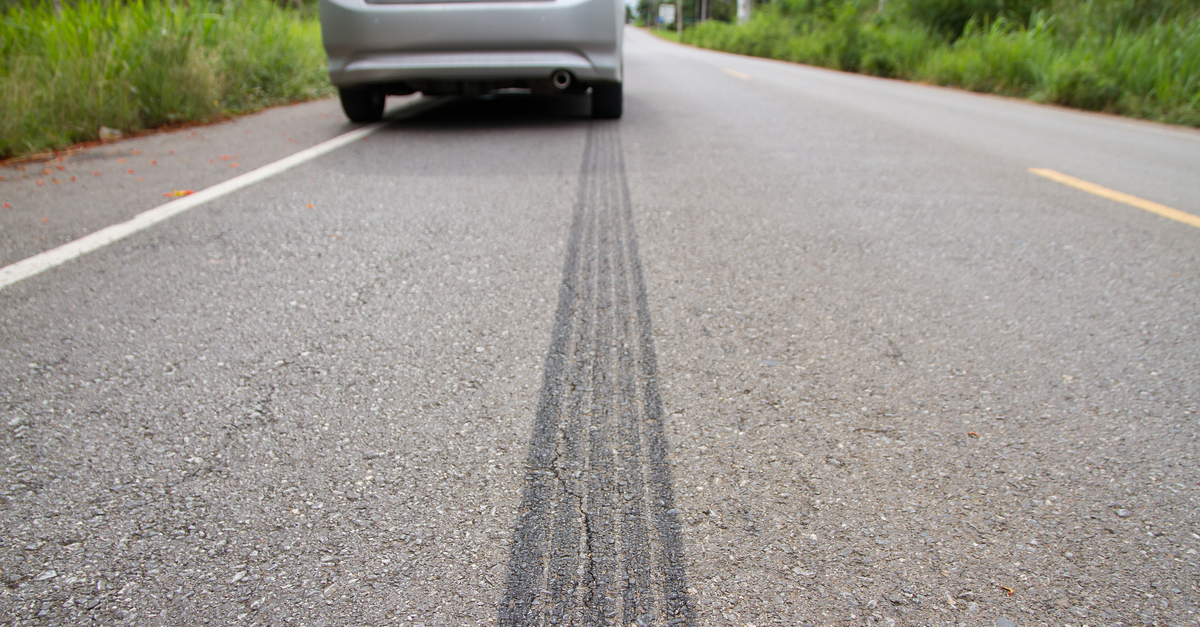Driving with bad brakes is not just a bad idea. It is also dangerous. Luckily, most drivers can tell when something is wrong with them. However, they may not know what caused it. So, what are the easiest ways to tell your brakes need to be replaced? Not to mention, how have your driving habits affected them?
When Should You Consider a Brake Repair Job?
As long as you pay attention, noticing a pair of bad brakes is not too difficult. If you notice any of the following issues, take your car to a shop ASAP. That way, mechanics can identify the issue. Then, you can fix it.
· The Brake Pedal Is Too Soft
· Pressing the Pedal Is Too Hard
· The Vehicle Shakes or Vibrates When Braking
· The Brake Light Never Turns Off
· Burning Smell
What Causes These Problems?
Generally speaking, the way you drive impacts how quickly your brakes wear down. By improving your driving habits, you prolong your brake's life. There are various driving habits are all detrimental to your brake's health.
Braking Aggressively
Do you like to drive fast? If so, you might be braking too aggressively. This is more common when you live in high-traffic areas. The more you use your brakes, the quicker you need to replace them.
Carrying Additional Weight
Do you drive with a trailer? Additional weight puts extra load on your brakes. Consequently, slowing down takes more out of them.
Neglecting Regular Maintenance
Maintenance neglect is the most common reason for brake failure caused by the driver. As long as you follow the regular maintenance schedule, you will not have to worry about this.
How to Maintain Your Brakes
Maintaining your brakes is straightforward. Just follow the schedule listed below. As long as you do not skip any, your brakes should never give you any problems.
Every 15K Miles
Review the brake pads. If they are smaller than 1/8 of an inch, replace them. Then, look at the brake fluid. If it is dirty, drain and replace it.
Every 50K Miles
Check out your rotors. Chances are, by 50K miles, they need to be replaced or resurfaced. It is important to note; rotors normally can be surfaced only one time.
The Basics of Brake Repair
Knowing how brakes function can help you narrow down the source of any problems. Brakes are not a single component. In fact, there are several mechanical pieces involved. Here are the most significant.
Master Cylinder:
The master cylinder is what gives your brakes the hydraulic power they need. Without one, your brakes cannot apply enough pressure. Regularly inspect them. That way, a broken master cylinder never surprises you.
Brake Line
The brake lines are full of brake fluid. The master cylinder pressurizes the fluid when you press on the brakes. Then, brake lines transfer power from the pedal to the actual brake pads.
Rotors and Pads
The rotors and pads are two separate pieces. When you press on your brakes, the pads press into the rotors. This is what slows down your vehicle. Both pieces need to be replaced regularly.
Do You Need Auto Repair?
No matter what, never drive with a pair of bad brakes. Without good brakes, a car is little more than a metal death trap. Luckily, we are ready to help. If you suspect your brakes need repair, let us handle it. Our experienced technicians are standing by.

